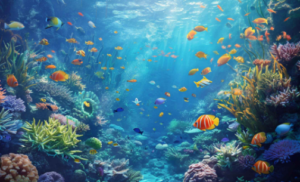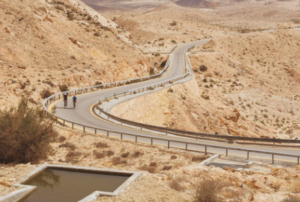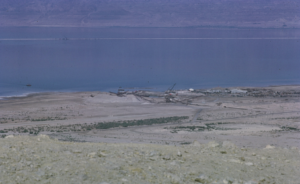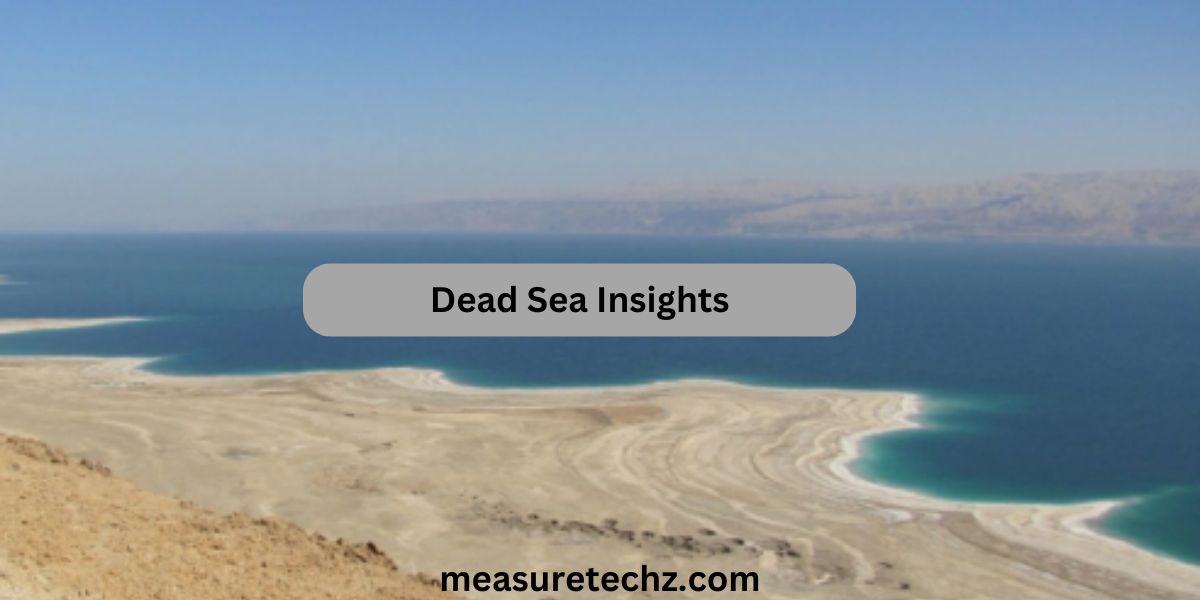Nestled between Jordan, Israel, and the West Bank, the Dead Sea is one of the world’s most fascinating natural wonders. Known for its extreme salinity, historical significance, and therapeutic properties, it attracts millions of tourists and researchers each year. This article delves deep into the dimensions, history, and surprising facts about the Dead Sea, offering you unique insights and actionable takeaways. Whether you’re a traveler, a history enthusiast, or a curious reader, this guide will enrich your understanding of this iconic landmark.
Dimensions of the Dead Sea
Geographic Location and Size
The Dead Sea insights lies at the lowest point on Earth’s surface, sitting approximately 430 meters (1,410 feet) below sea level. Spanning about 50 kilometers (31 miles) in length and 15 kilometers (9 miles) at its widest point, it covers an area of roughly 605 square kilometers (233 square miles). These dimensions, however, are not static; the Dead Sea is shrinking at an alarming rate due to human activity and climatic changes.
Depth and Salinity
The Dead Sea reaches a maximum depth of 306 meters (1,004 feet), making it one of the deepest hypersaline lakes in the world. Its salinity levels hover around 34%, nearly 10 times saltier than ocean water. This extreme salinity creates the unique buoyancy that allows visitors to effortlessly float on its surface.
Historical Significance
Biblical and Cultural Relevance
The Dead Sea has been referenced in numerous biblical texts and historical records. Known as the “Salt Sea” in the Bible, it played a role in the stories of Sodom and Gomorrah. Its shores are dotted with sites of religious and archaeological significance, such as the Masada fortress and the caves of Qumran, where the Dead Sea Scrolls were discovered.
Ancient Trade and Industry
Historically, the Dead Sea was a hub for trade and industry. The surrounding area was known for producing bitumen, used in mummification and construction, as well as salts and minerals highly valued in ancient times.
Surprising Facts About the Dead Sea
1. Therapeutic Properties
The Dead Sea’s mineral-rich mud and water are renowned for their therapeutic benefits. Packed with magnesium, potassium, and bromide, they are used to treat skin conditions like psoriasis and eczema.
2. No Aquatic Life

Due to its hyper salinity, the Dead Sea cannot support fish or aquatic plants. However, microbial life, including salt-tolerant bacteria and algae, thrives in its waters.
3. The Lowest Road on Earth

Highway 90, running along the Israeli shore of the Dead Sea, holds the record as the lowest road on Earth, descending to nearly 393 meters (1,289 feet) below sea level.
4. Rapid Evaporation

The Dead Sea loses about 1 meter (3 feet) of water annually due to evaporation, exacerbated by the diversion of its main water source, the Jordan River.
Challenges Facing the Dead Sea
Environmental Concerns
The Dead Sea is shrinking at an alarming rate. Over the past 50 years, its surface area has halved, and sinkholes have increasingly appeared along its shores. The diversion of water from the Jordan River and mineral extraction industries are primary culprits.
Regional Collaboration Efforts
In response to this environmental crisis, neighboring countries have initiated projects such as the Red Sea-Dead Sea Water Conveyance project. This ambitious plan aims to bring water from the Red Sea to replenish the Dead Sea while generating hydroelectric power.
Tips for Visiting the Dead Sea
Best Time to Visit
The ideal time to visit the Dead Sea is during spring (March to May) or autumn (September to November) when temperatures are moderate, and the weather is pleasant.
Practical Advice
- Stay Hydrated: The arid climate can be dehydrating, so drink plenty of water.
- Protect Your Skin: The sun’s UV rays are stronger at this low altitude, so use high-SPF sunscreen.
- Avoid Shaving: Hypersaline water can irritate freshly shaved skin.
Must-Visit Spots
- Ein Bokek Beach: A popular spot with facilities and access to therapeutic mud.
- Masada National Park: A UNESCO World Heritage site offering panoramic views of the Dead Sea.
- The Qumran Caves: Explore the history of the Dead Sea Scrolls.
Conclusion
The Dead Sea is a marvel of nature, rich in history, science, and beauty. Its unique properties and challenges make it a vital topic for global awareness and conservation efforts. Whether you plan to visit or are simply intrigued by its wonders, the Dead Sea offers endless opportunities for exploration and learning. Take action today by supporting conservation initiatives or planning a trip to witness this extraordinary destination firsthand.

